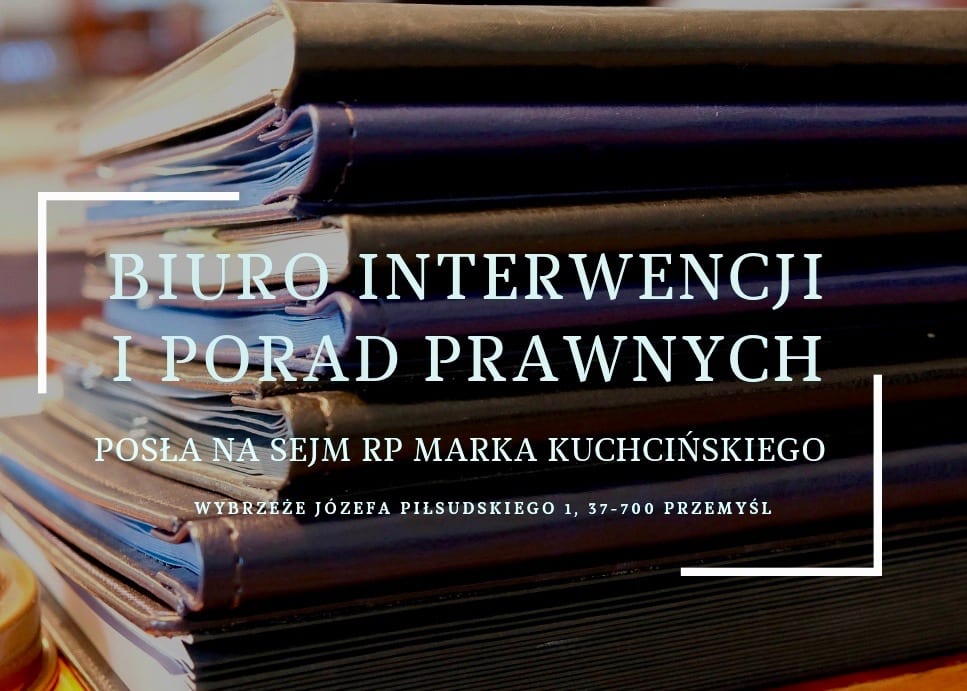The history of the Przemysl Eaglets is extremely dramatic and moving. In the autumn of 1918, among others, students took up arms, often paying the highest price of their lives for the freedom of their homeland. In the foreword to the book entitled "Przemyśl, a brave city", Marek Kuchciński writes:
In 1918, when Poland regained its independence, Przemysl was among the first to fight. Captain Jozef Panaś fueled the fighting spirit. This time against the Ukrainians. The people of Przemysl fought from the beginning of November 1918 for bridges over the San River, for districts, they made counterattacks from Zasan to the right side of the city. On November 11, Przemyśl was free! But Poles fought further in Nizankowice (December 10 and 13) and other towns. Representatives of all generations took part in the fight, including the Eaglets - students of the Przemyśl grammar schools (those who died were buried in the large symbolic grave of the Eaglets in the main cemetery). This would not have been possible, however, if the foundation of values for the emerging national and supranational community had not been built over the generations. For Przemyśl, like many similar cities in the Republic of Poland, was a city of Poles of various religions and nationalities, and the identity of the whole Przemyśl land was created not only by Poles, but also Jews, Ruthenians, Ukrainians, Hungarians, Austrians, Czechs, Germans and Armenians.
 Tomb of the Defenders of Przemysl in Przemysl
Tomb of the Defenders of Przemysl in Przemysl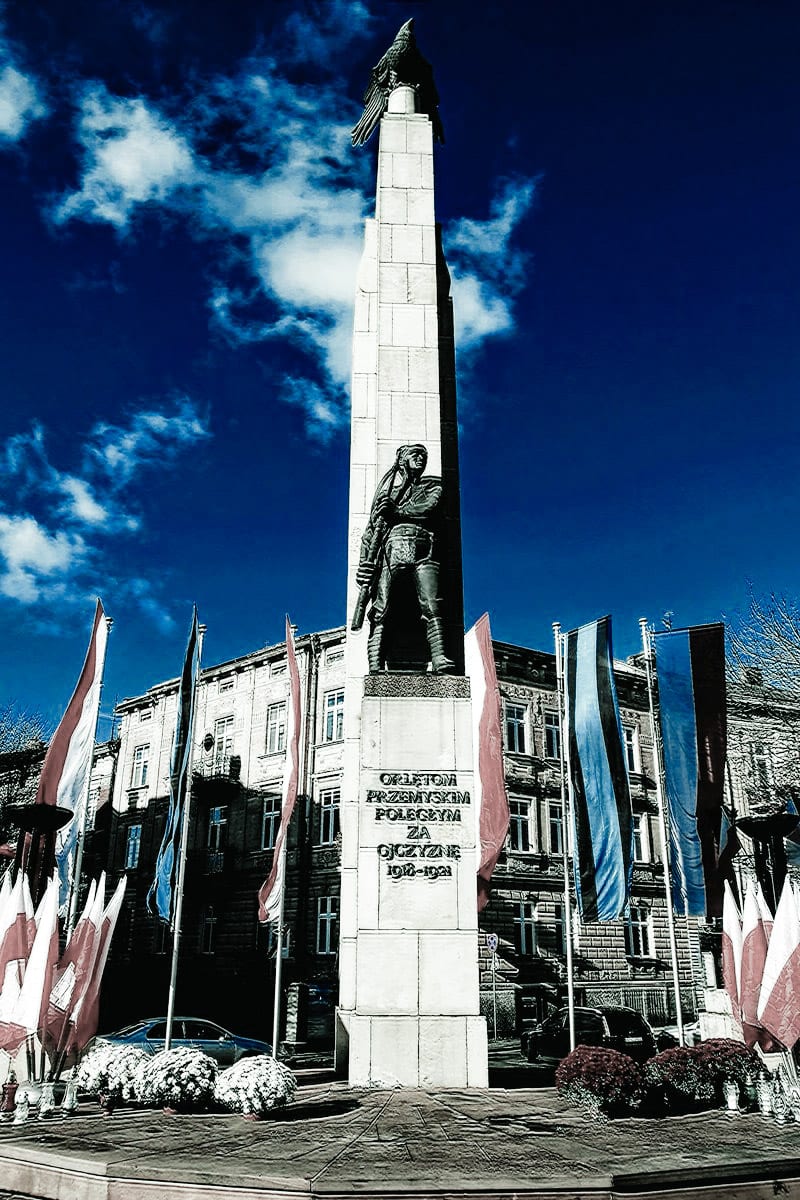
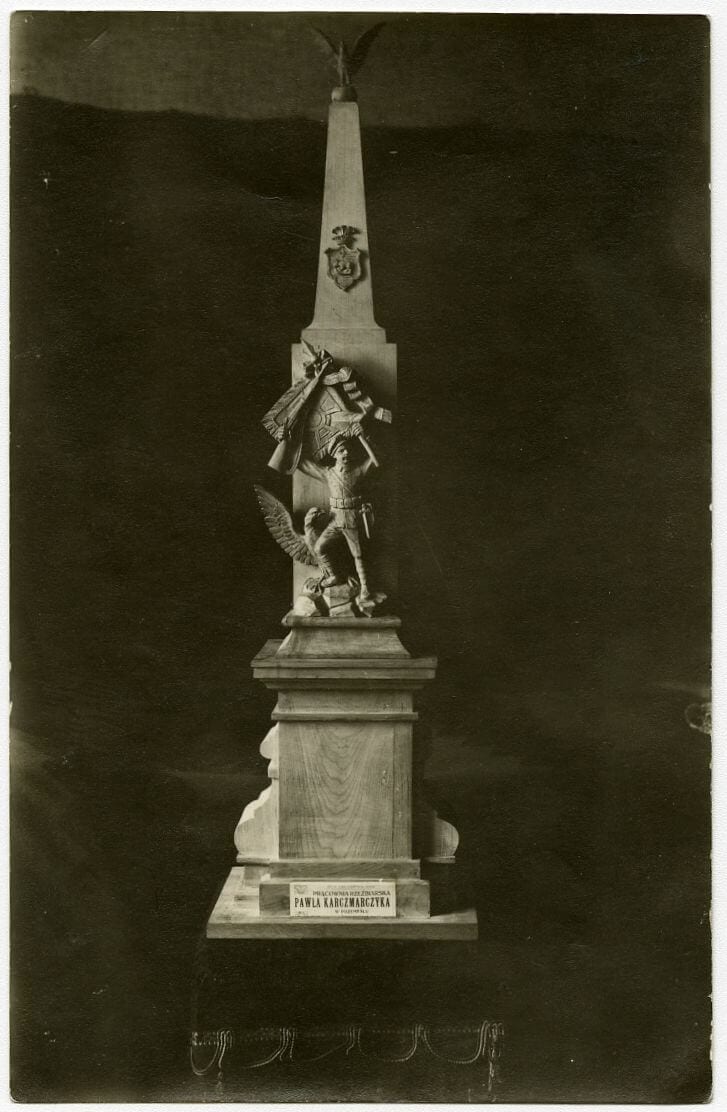 Project of the monument from 1037. (Collection of the Museum of the History of Polish Jews)
Project of the monument from 1037. (Collection of the Museum of the History of Polish Jews)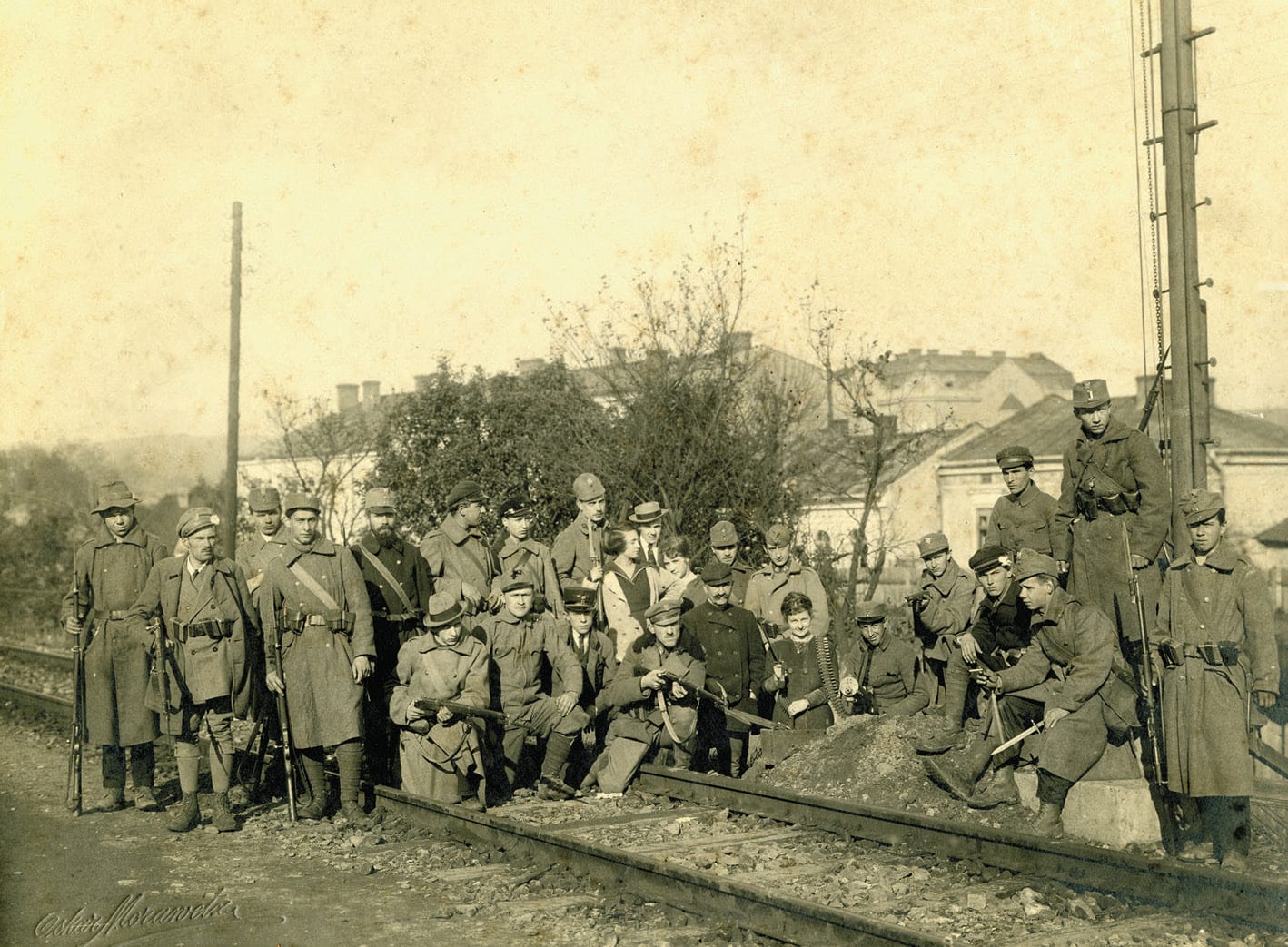
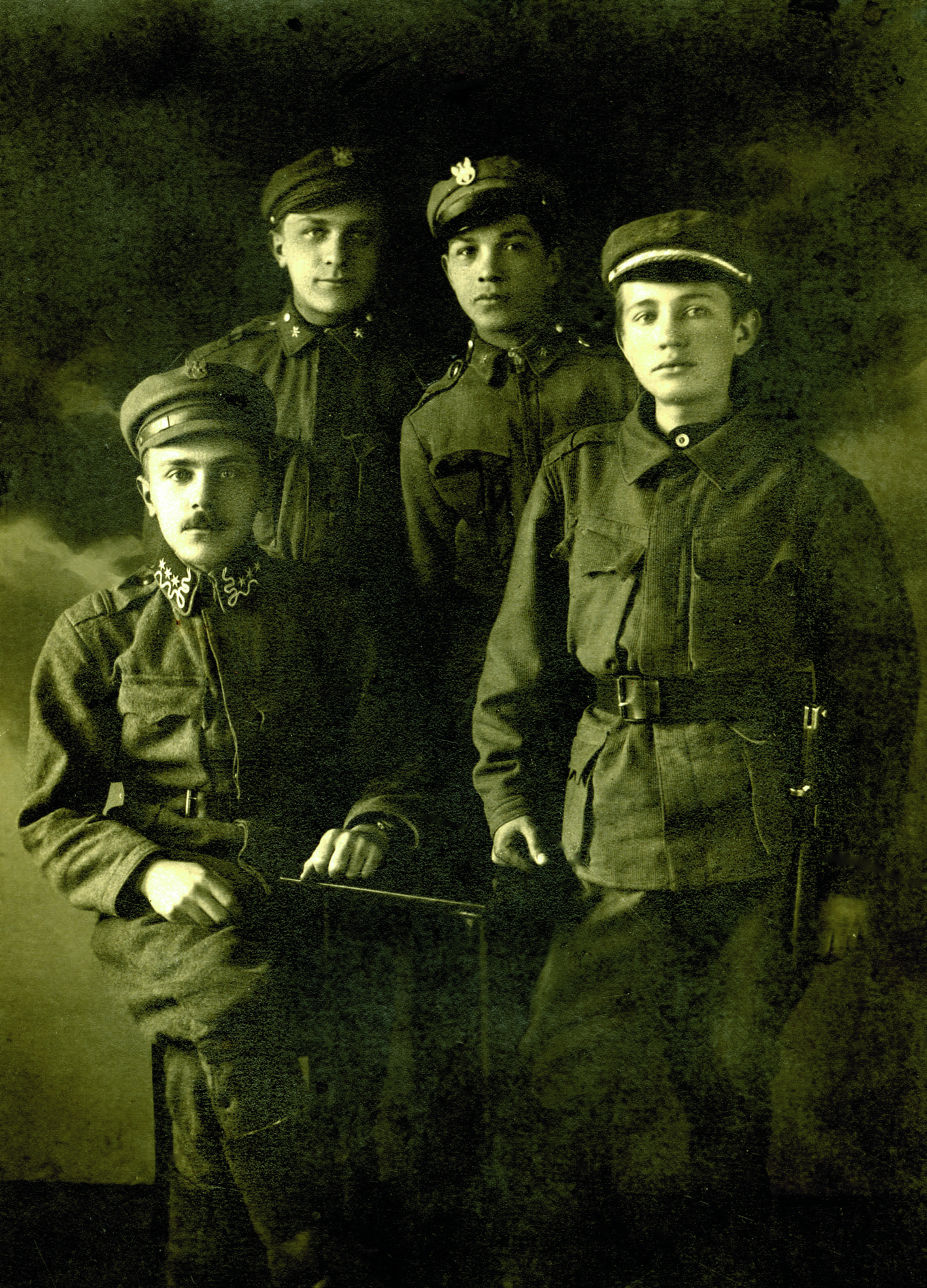
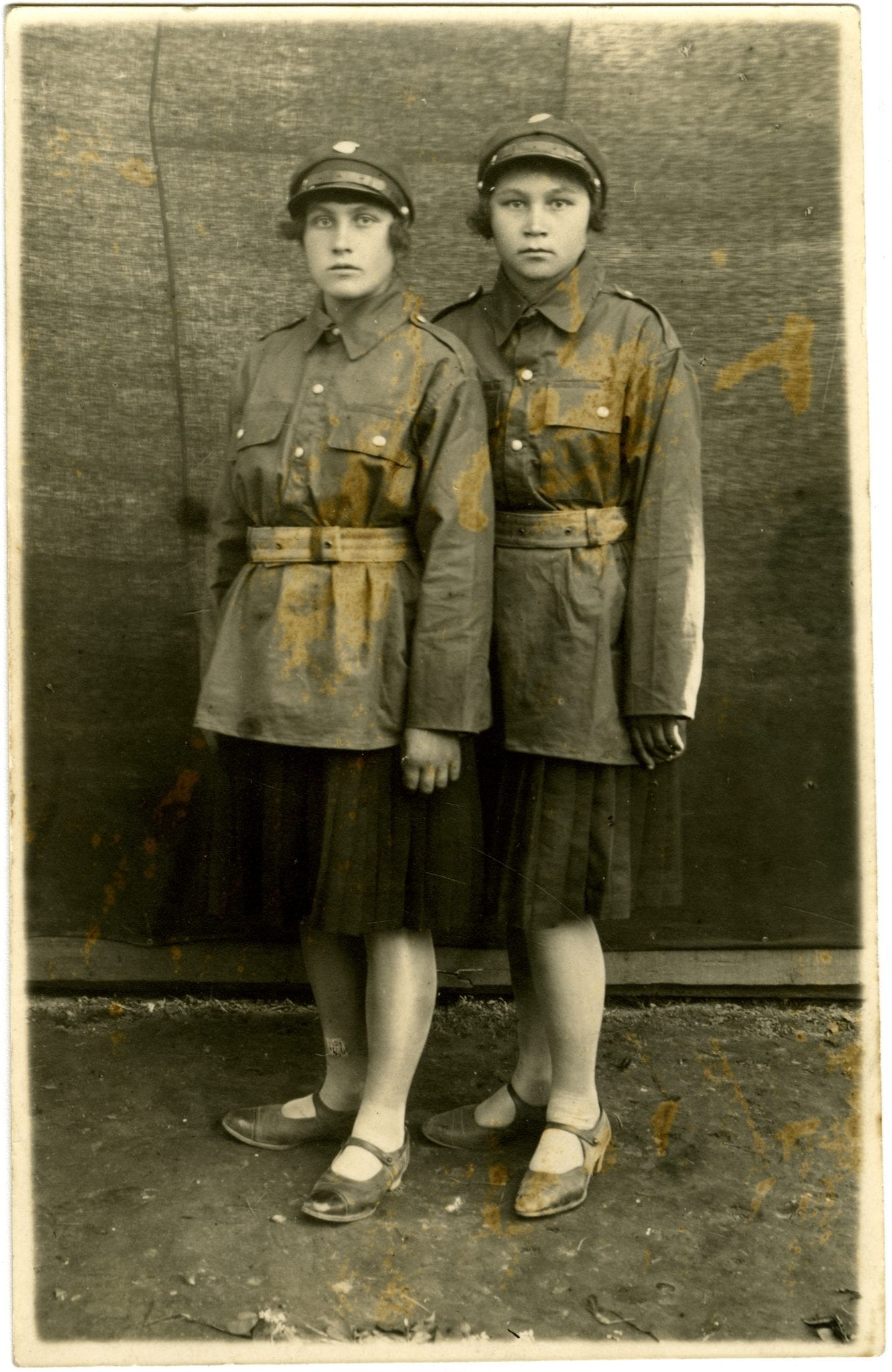
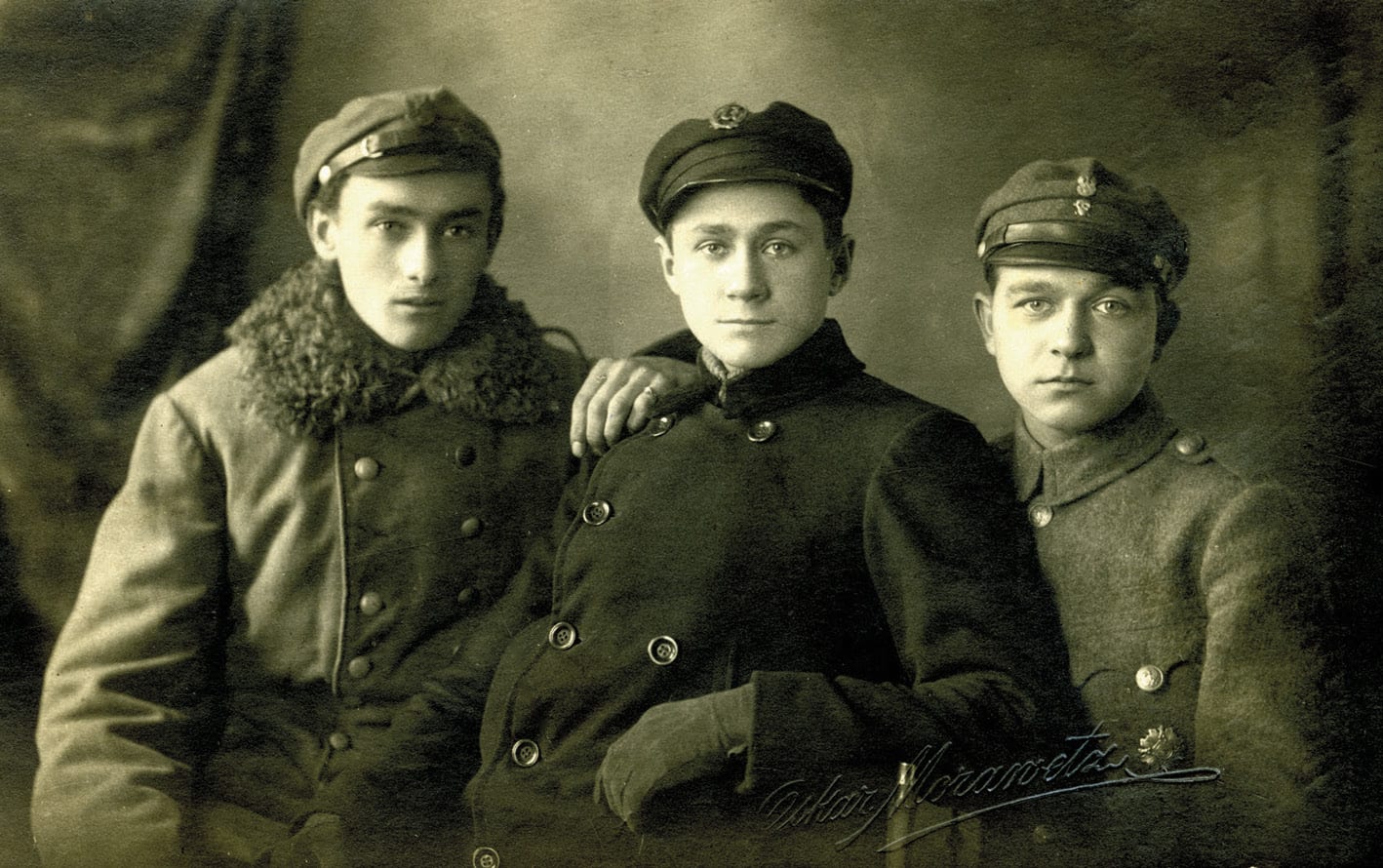 Pictures of the defenders of Przemysl come from the collection of the National Museum of the Przemysl Land
Pictures of the defenders of Przemysl come from the collection of the National Museum of the Przemysl Land


